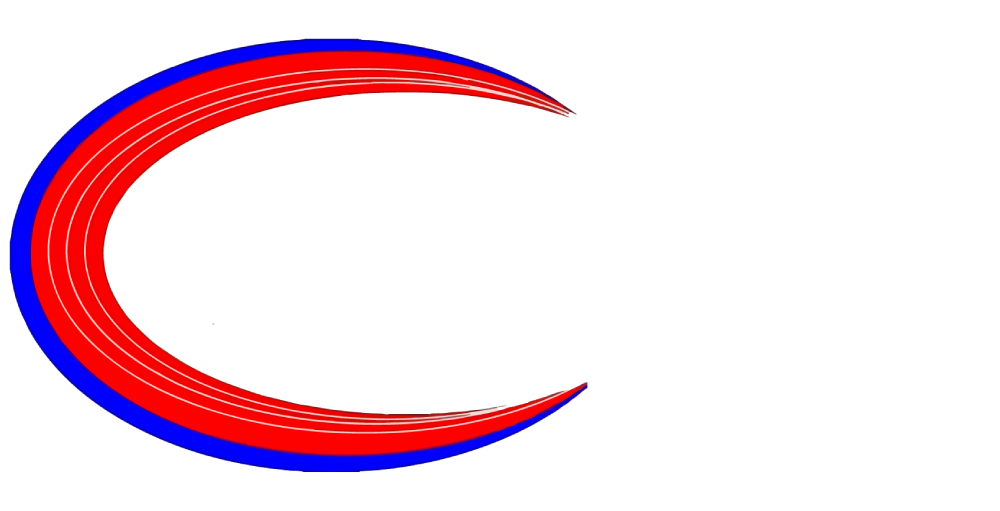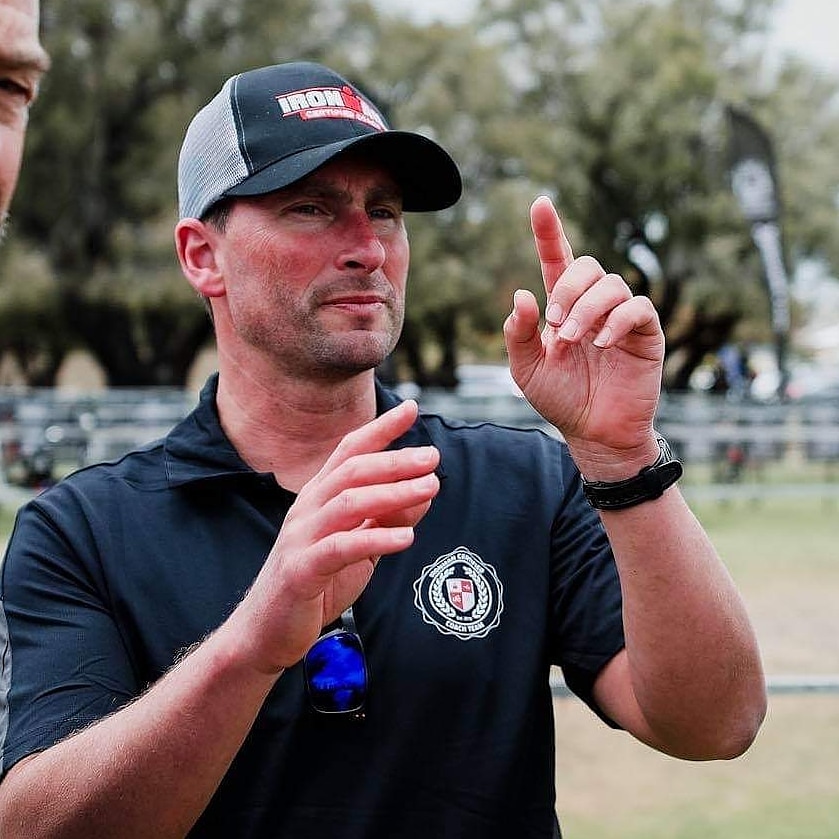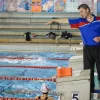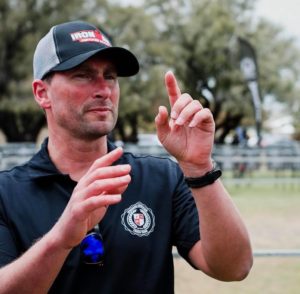 The Ultimate IRONMAN checklist for Race Week (and How Not to Lose Your Head)
The Ultimate IRONMAN checklist for Race Week (and How Not to Lose Your Head)
Race week. You've trained for months, maybe even years. Now the countdown begins… and the brain fog sets in. What the hell do I pack? What am I meant to be doing right now? And most importantly—where did I leave my goggles?!
If you’re staring down race day and feeling the panic creep in, don’t worry. At F4L Triathlon Coaching, we’ve seen it all. A proper checklist doesn’t just keep you organised—it can be the difference between smooth transitions and full-on meltdown.
Let’s break it down.
The Golden Rule
Take as little as possible. Do as little as possible.
Seriously. That’s the mantra. The less you’re juggling mentally and physically, the more you conserve precious energy.
Your Mission: Stay Chill
In the week leading into your IRONMAN, your job isn’t to re-invent your fitness or second-guess your training. It’s to stay relaxed and focused. But we get it—race week can feel like a chaotic circus:
- You’re travelling. That’s tiring.
- You're trying to follow your nutrition plan abroad. Good luck.
- You’re packing and rebuilding your bike. Yay for Allen keys.
- Your family's around. Lovely, but… you know.
- You’re constantly wondering, “Did I remember everything?”
Stress happens. But it doesn’t have to take over.
So what helps?
Make a plan. Stick to it. But also—roll with it. Trust the process, trust your training, and let go of the stuff you can’t control.
Triathlon throws curveballs. We’ve seen missing bikes at airports, entire teams left kit-less two days out, hotel dramas, and, yes, desperate athletes trying to remove pedals with hammers. The triathlon community always pulls through. Someone will lend you what you need. You are not alone.
And if you catch a bug before race day? It's okay. You haven’t lost a million pounds. The sun will rise. There will be another race.
The Official F4L IRONMAN Checklist
You don’t need to bring the kitchen sink—but you do need the essentials. Here’s what we recommend:
Swim Gear
- Tri suit or swim suit
- Goggles (well-tested for fit & leaks)
- Swim cap (race-provided, but bring a spare)
- Wetsuit (if required)
- Anti-chafing balm (for wetsuit edges and seams)
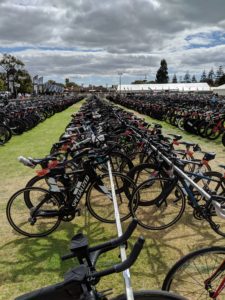 Bike Gear
Bike Gear
- Helmet (mandatory)
- Padded cycling shorts or Tri shorts
- Sunglasses (for style and bug protection)
- Water bottles (already filled!)
- Tri top or jersey (you must wear a top)
- Sunscreen (water- & sweat-resistant)
- Spare tubes, pump or CO₂, puncture repair kit
- Cycling shoes
Run Gear
- Running shorts or Tri-shorts
- Running top or singlet
- Running hat or visor
- Elastic laces
- Race number belt
- Fuel belt (for longer events)
Transition & Extras
- Small towel (for transition area)
- Large towel (for after your well-earned shower)
- Black bags (rain protection + wet kit storage)
- Talcum powder (helps get wet feet into shoes)
- Safety pins (never leave home without them)
- Recovery food (yes, snacks count)
Final Thoughts:
Keep expo visits short. Stay off your feet. Do only the training your coach planned—no “bonus” intervals just because someone else is smashing out efforts near the finish chute. They might not even be racing!
Work through your checklist. Triple check key items. Control what you can. Accept what you can’t. And most of all—enjoy the journey.
F4L Triathlon Coaching has your back.
 British Triathlon Federation Level 3 Coach and IRONMAN Certified expert Paul Jones, F4L Triathlon Coaching delivers high-performance training for triathletes and endurance athletes of all levels.
British Triathlon Federation Level 3 Coach and IRONMAN Certified expert Paul Jones, F4L Triathlon Coaching delivers high-performance training for triathletes and endurance athletes of all levels.
With over 20 years of coaching experience, F4L offers personalised, professional support that adapts to your unique journey. Because no two athletes are the same—and your training shouldn’t be either.
